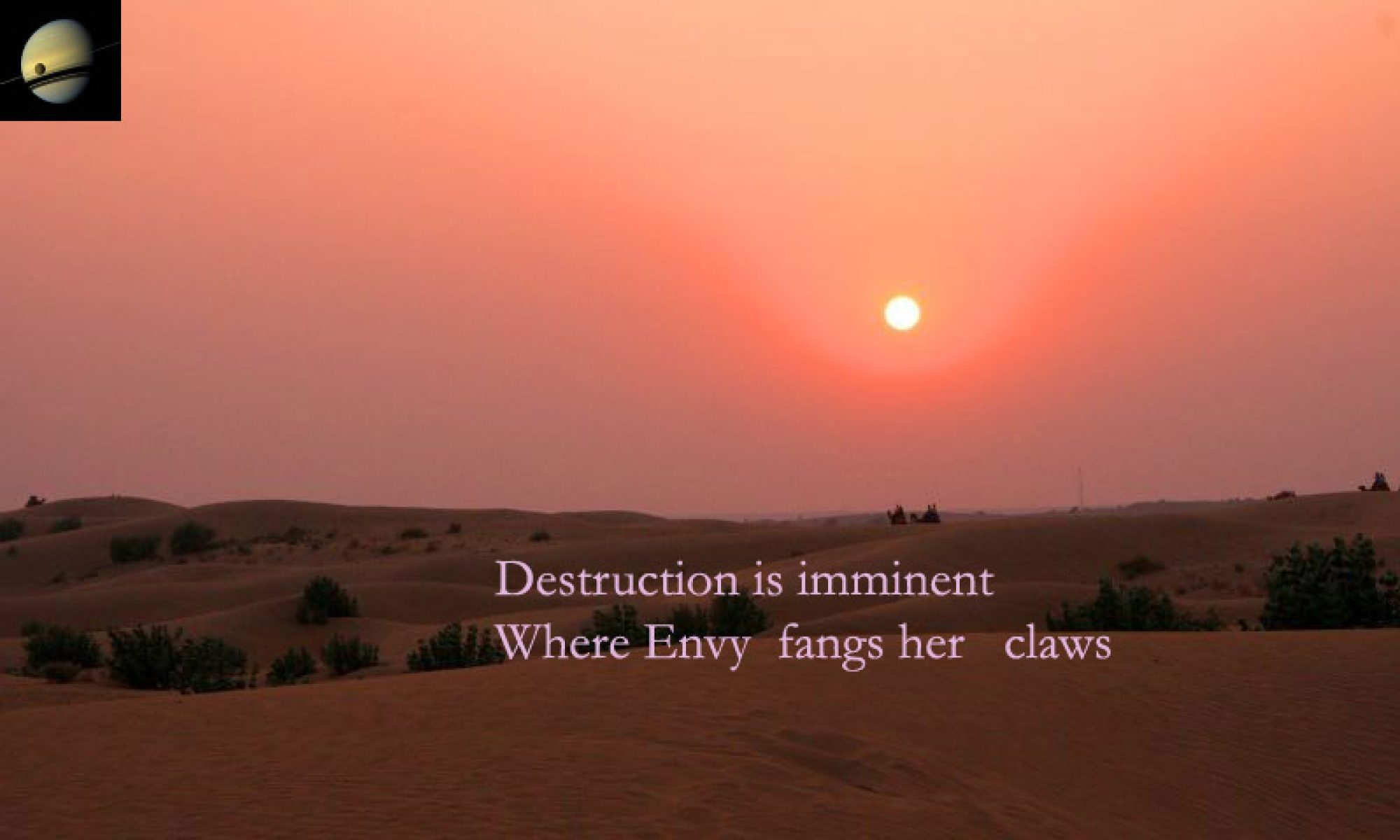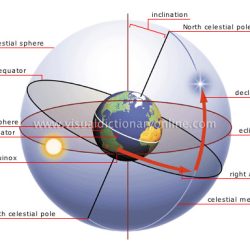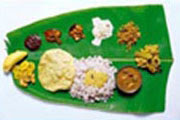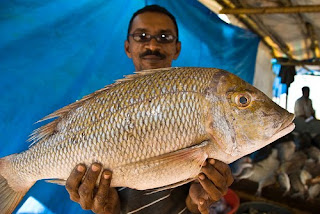Today is the day when the Thrikketta Njattuvela or the solar transit of Alpha Scorpi starts. This is the Retreating Monsoon or the Thula Varsha and this Njattuvela may signal the end of the Monsoon season.
The word Monsoon itself makes one happy. The intoxicating smell of the dry parched earth drenched, the splashing waters makes monsoons the favourite season in Kerala. Kerala has been defined as Tropical Wet by the German climatologist Koppen and Monsoon is a refreshing change from the long summer months, when scorching heat and dust ruled the roost. The farmers get relief from the draught like situation and the promise of the rains which heralds prosperity. Enjoy the monsoons of Kerala under Monsoon Tourism.
Never to be wasted indoors is this enchanting seasons of raindrops and rainbows. Monsoon gives everything to you in fresh as the special season of the year. Monsoon is not all packed up in rain coats. On the contrary, they are fun time. Splashing and swimming in knee deep waters and getting wet are some of the pastimes intended for you by the grace of the monsoons. You can take out an Ayurvedic Vacation during Monsoon. Monsoon is the season recommended by Ayurveda for Rejuvenation Therapy. You can rejuvenate your soul and replenish your body during the Monsoon season. Monsoon is the true season for rejuvenation, when people take ayurvedic remedies, detoxificaton etc to purge the body of toxins and rejuvenate the tissues. Various diseases can be cured, if the body is detoxified and rejuvenated, averrs Ayurveda.




